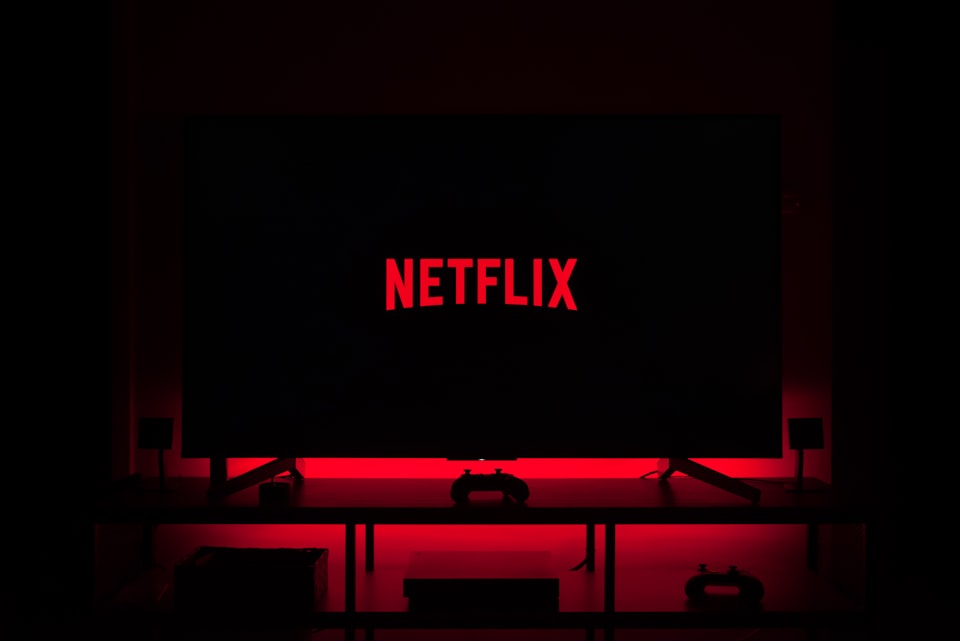Kicking off the next conversation on editorial collaboration

This post was originally published on Medium on Sept. 16, 2016.
As far as buzzwords go, “Collaboration” has a nice ring to it right? All that togetherness and people working side by side and stuff getting done more efficiently than ever before? That would be amazing…if it worked like that in real life.
Collaboration is messy and chaotic and it’s much more than finding another newsroom and saying “hey, let’s do journalism together” and then you and your new partners ride off into the sunset, blowing the lid off of amazing stories together left and right.
Unfortunately, it’s not that easy. But it is worth it.
It’s worth it to open up your newsroom in a way that empowers an organization to cover stories that are simply not possible alone.
It’s worth it to conserve resources by creating trusting relationships and content sharing between newsrooms that can help each other out.
It’s worth it to connect newsrooms so that all members of those newsrooms benefit from increased diversity of backgrounds, gender, ethnicity, ability and expertise that comes from a larger group of people.
It’s worth it to create partnerships that create safety nets for journalists who need partners to help publish their work when it’s too dangerous for them to publish it themselves.
It’s worth it to create enterprise reporting that can bring in additional forms of revenue.
It’s worth it to create good journalism that has impact.
Journalism has a long history of competition, one that lingers still today and makes contemplating working with another newsroom hard for some to wrap their heads around.
But our competition has shifted from the other news organization in our community, our state or in the country. Our competition is corporations and governments publishing their own version of reality using the same channels we also publish on. Our competition is information pushed into the public eye by everyone, but lacking the fact-checking, context and follow-up that journalists can provide. Our competition is spin, misinformation and propaganda that can run unchecked in a climate where it’s hard to keep up with the sheer amount of information entering the world every day.
Collaboration makes us stronger. It can make our resources go farther. And it can make the difference in doing our due diligence on the increasingly common stories that are simply too large for any one organization to cover definitively.
This is true on scales as small as Coast Alaska, a public media consortium in Southeast Alaska that has collaborated successfully for more than a decade, covering issues vital to the state of Alaska and the rural communities of the region.
This is true on the scale the unprecedented global effort of the Panana Papers, which coordinated more than 370 journalists around the world to cover the largest data leak in history.
So what is so hard about it?
Collaborations are human endeavors and human endeavors are inherently subject to challenges of communication, expectations and process management.
Of course, right now, there are more questions than answers because like most things in this industry, there is no easy solution that works for everyone.
There are currently three main areas to the effort of collaboration that I’ll be examining in great detail over the coming months.
Communication
Without this, nothing else works. How partners communicate, how often and how thoroughly can make or break a joint reporting effort. How do we create the trust and respect needed for these relationships to work?
Coordination
The tools and infrastructure that enables a collaborative process shouldn’t create a burden for members of a newsroom. This is the logistical component to managing the partnership and output.
Expectations & Obligations
How do newsrooms manage their obligations to their partners and audience in conducting collaborations? This means everything from agreements and contracts to transparency and ownership. Clear, shared expectations are a linchpin to effective partnerships.
What I hope to accomplish with this project is conducting a very public, participatory effort that yields a variety of flexible options, tools and guides to help newsrooms either start collaborating or improve their current partnerships. There are many organizations doing work that overlaps this research and I look forward to working with them to maximize the utility of this project.
What are the current goals of this project?
- A series of case studies on a variety of collaborative efforts looking at what worked, what didn’t, the processes, logistics and lessons learned.
- Resources, guides or templates to help get newsrooms started or improve an existing partnership.
- Finding or creating open source tools that can facilitate newsrooms working together without the burden of altering their existing internal infrastructure.
- A community built around the idea of collaboration, enthusiastic about supporting each other in finding collaborators and doing effective work together.
- A network to connect journalists and newsrooms with other newsrooms, freelancers, groups and alternative voices that can collaborate in productive ways.
And above all:
- A publicly conducted process. (This means the good ideas, the bad ideas and all the work bringing the best to the top.) You will see the work in progress and will be able to contribute to it.
Things you can do right now
- Request an invite to the Collaborative News Slack and be a part of the community by sharing your experience and ideas.
- If you’re currently working on a collaboration or have in the past and are willing to talk about your experience, please add your contact information through this form: Share your collaborative experience
Note on republished posts: In an effort to consolidate and preserve my online work, I'm re-publishing my own writing on this site. Posts will stay live and archived on their original sites for the sake of preserving links (for as long as those sites are still live). Content produced for other publications will remain unique to those publications, but I will include links on my work page.



